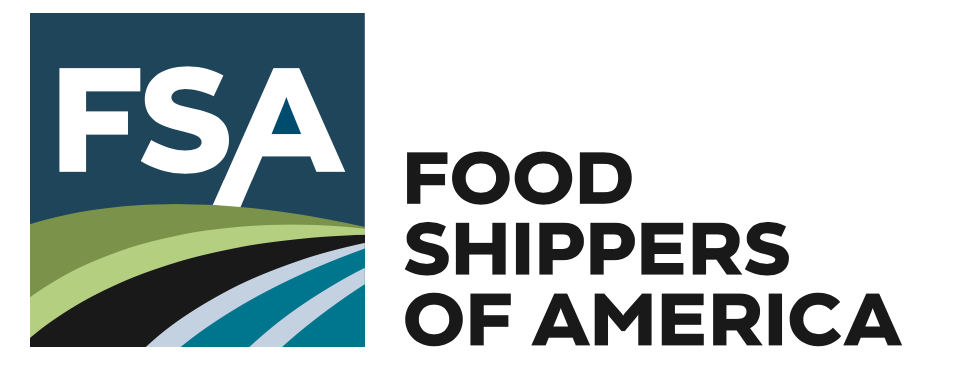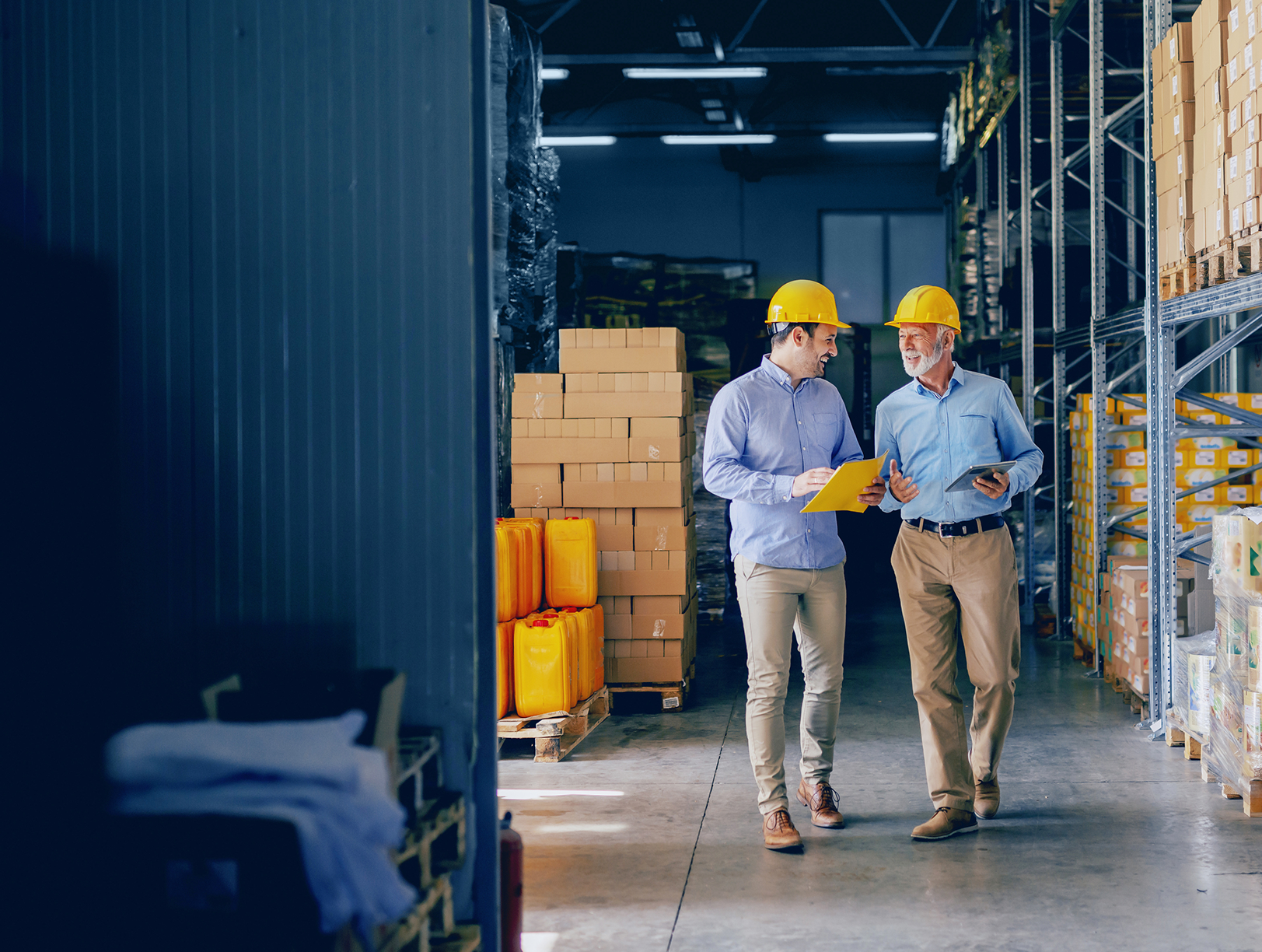Sealed with Strategy: The Intricate Science of Packaging
by Staff, on Nov 4, 2025 7:53:49 AM

Food packaging is far more than a container — it is a critical component of the supply chain that ensures products move safely and efficiently from production to consumption. Packaging protects products, maintains freshness, and maximizes food safety.
For perishable goods especially, packaging is the first line of defense against damage, contamination, and spoilage during storage and transportation.
Beyond protection, packaging enhances logistics efficiency. Standardized shapes and durable materials allow products to be stacked, handled, and shipped with minimal risk of damage. Modern packaging often incorporates technology such as barcodes, QR codes, and RFID tags that enable precise tracking and monitoring throughout the food chain. This not only streamlines operations but also allows for quick responses to recalls or disruptions, protecting both consumers and brands.
Another vital function of food packaging is communication. Labels provide consumers and regulators with essential information, such as expiration dates, nutritional content, and allergen warnings. In doing so, packaging serves as both a compliance tool and a trust-building mechanism, ensuring transparency and meeting regulatory standards across diverse markets.
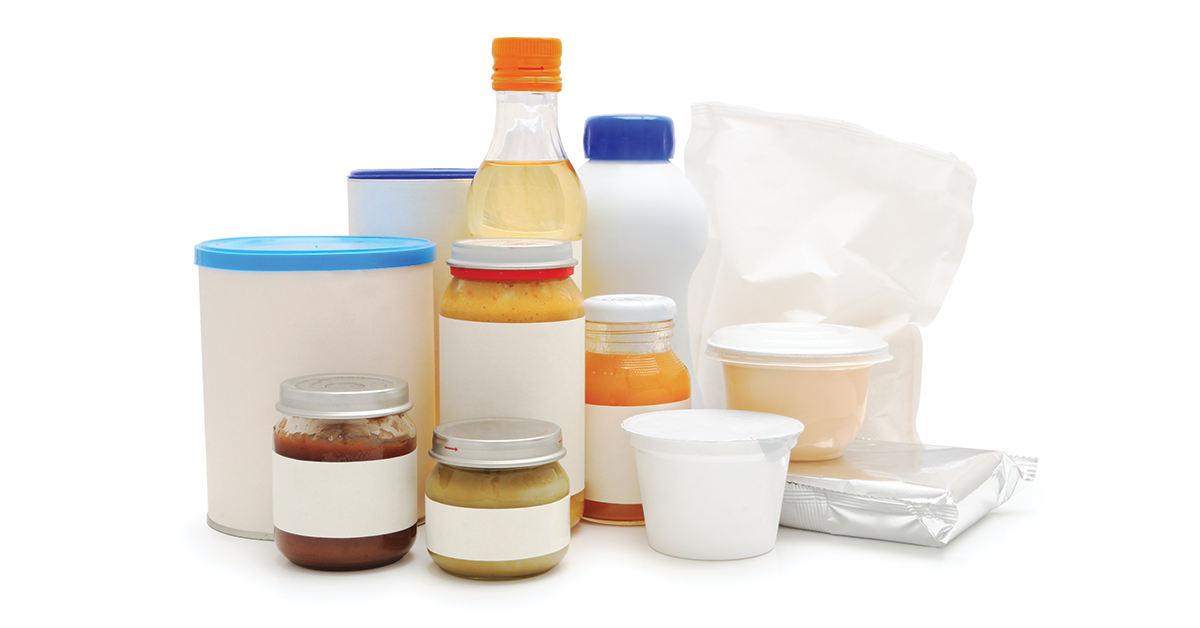
- Food packaging comes in several main types, each chosen based on the product’s needs for protection, shelf life, convenience, and presentation. Key categories:
- Rigid Packaging (glass jars & bottles, metal cans, plastic containers)
- Semi-Rigid Packaging (paperboard or plastic-coated cartons, trays)
- Flexible Packaging (plastic films & pouches, foil wraps, paper wraps & bags)
- Composite/Multi-layer Packaging (paper, plastic, foil, other materials)
Sustainability At The Heart Of Packaging
As sustainability becomes increasingly important, the food industry is rethinking packaging to reduce environmental impact while maintaining functionality.
Food companies are exploring emerging trends and incorporating best practices in a number of ways.
Sustainable materials: The shift toward recyclable, compostable, and biodegradable packaging is gaining momentum, with innovations in plant-based plastics and fiber-based alternatives.
 “While we recognize there’s a lot of work to be done, ending plastic pollution remains a priority for our business,” says Pablo Costa, Vice President Packaging with Unilever. “That is why we are bringing more focus on key issues such as reducing our use of virgin plastic and developing alternatives for hard-to-recycle flexible plastic packaging.”
“While we recognize there’s a lot of work to be done, ending plastic pollution remains a priority for our business,” says Pablo Costa, Vice President Packaging with Unilever. “That is why we are bringing more focus on key issues such as reducing our use of virgin plastic and developing alternatives for hard-to-recycle flexible plastic packaging.”
Lightweighting: Reducing material use without compromising durability helps cut both costs and carbon emissions.
 “Reducing materials not only improves our environmental footprint, it also creates efficiencies for our business,” says Jason Reiman, Senior Vice President and Chief Supply Chain Officer at The Hershey Company. “We continue to reduce packaging material, progressing to our 2030 goal to eliminate 25 million pounds of packaging materials. Our efforts extended beyond continuous improvement initiatives to identify broader reduction opportunities.”
“Reducing materials not only improves our environmental footprint, it also creates efficiencies for our business,” says Jason Reiman, Senior Vice President and Chief Supply Chain Officer at The Hershey Company. “We continue to reduce packaging material, progressing to our 2030 goal to eliminate 25 million pounds of packaging materials. Our efforts extended beyond continuous improvement initiatives to identify broader reduction opportunities.”
Smart packaging: Technologies like freshness indicators, temperature sensors, and scannable codes provide real-time insights into product quality and supply chain visibility.
Circular economy practices: Businesses are investing in reusable packaging systems and encouraging consumers to recycle or return containers.
 “Packaging can have a detrimental impact on the environment and we realize that it’s an industry-wide challenge we all have to address,” says Linda Roman, Associate Director, R&D Packaging, The Kraft Heinz Co. “We look at ways to contribute to a more circular economy. How do we drive more sustainable solutions and keep packaging in play as long as possible. We focus on material reduction, recycled content, as well as recyclable, reusable, compostable packaging.”
“Packaging can have a detrimental impact on the environment and we realize that it’s an industry-wide challenge we all have to address,” says Linda Roman, Associate Director, R&D Packaging, The Kraft Heinz Co. “We look at ways to contribute to a more circular economy. How do we drive more sustainable solutions and keep packaging in play as long as possible. We focus on material reduction, recycled content, as well as recyclable, reusable, compostable packaging.”
Consumer-driven design: Easy-to-open, resealable, and portion-controlled packaging improves user experience while reducing food waste.
The Last Word On Packaging
Ultimately, food packaging is inseparable from supply chain success. It safeguards food integrity, drives logistical efficiency, ensures regulatory compliance, and builds consumer trust. As global supply chains become more complex and sustainability expectations rise, innovative packaging will remain central to delivering safe, fresh, and responsibly sourced products to consumers worldwide.
Profiles in Packaging Innovation
Nestlé USA
This food manufacturer’s packaging strategy is science-based and benefits from the industry leading work of the Nestlé Institute of Packaging Science, which is the only research institute of its kind in the food industry. Set up in 2019, it has around 50 packaging experts dedicated to developing the next generation of sustainable packaging materials.
The Institute is helping to evolve the way packaging is designed. It is developing refillable or reusable packaging systems, designing simplified or recycled packaging materials and developing high-performance barrier papers and bio-based, compostable and biodegradable materials.

Nestlé’s strategy is structured around five pillars:
- Less Packaging – Reduce: Using less packaging material, including less virgin plastic, which it plans to reduce by a third by 2025 versus its 2018 baseline.
- Less Packaging – Reuse and Refill: Working to eliminate non-recyclable plastics and investing in innovative, alternative delivery systems to eliminate the need for disposable packaging.
- Better Packaging -Redesign: Collaborating with industrial partners to develop new packaging materials and solutions.
- Better System – Recycle: Help stop plastic waste in the environment across global operations.
- Better System – Rethinking Behaviors: Addressing the plastic waste challenge through fundamental behavioral change from the company, retail partners, suppliers and consumers.
A recent example of the company’s packaging innovation: Launched in 2024, the Nescafé Gold refill paper pack is fully recyclable and uses 97% less packaging weight compared to our Nescafé Gold Blend 200g jars. Designed with consumer convenience in mind, the paper packs can be used to refill the glass jar, giving it a longer life, while maintaining the same taste and aroma.
Keurig Dr Pepper (KDP)
KDP is a leading beverage company in North America, with a portfolio of 125-plus owned, licensed and partner brands and powerful distribution capabilities. KDP has been making progress toward its 2025 goals:
- Convert 100% of packaging to be recyclable or compostable
- Use 30% postconsumer recycled content across all packaging
- Use 25% postconsumer recycled content in plastic packaging
- Achieve 20% virgin plastic reduction across plastic packaging
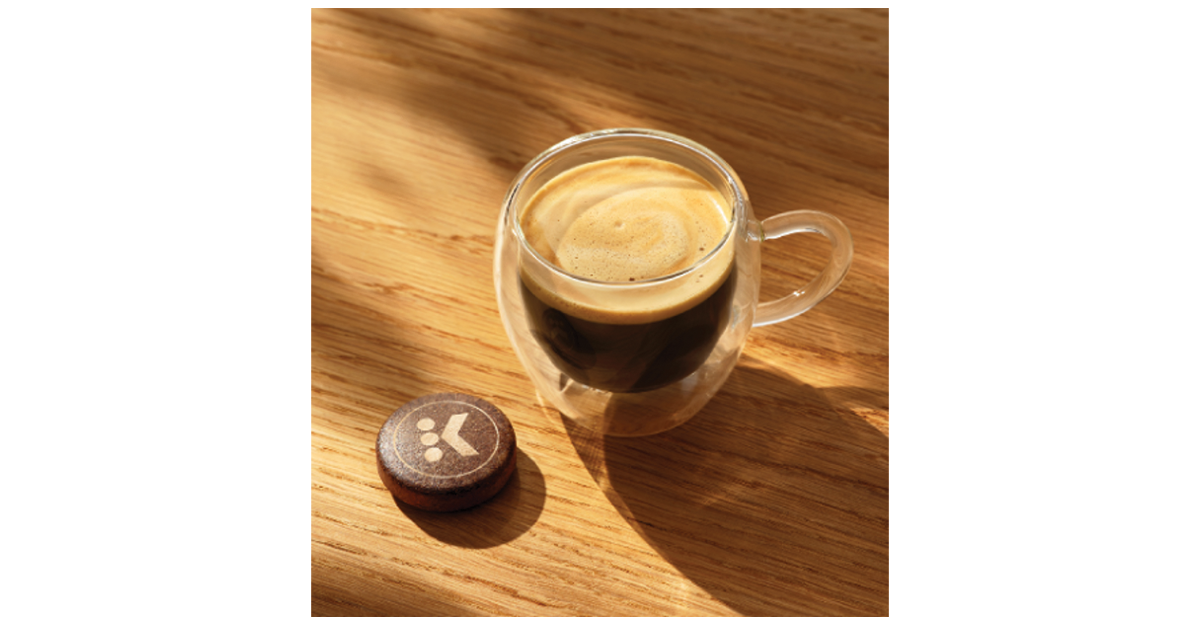
In 2024, KDP announced it will be launching a next-generation innovation in K-Rounds plastic and aluminum-free pods as well as a new brewing system, the Keurig Alta brewer. K-Rounds pods are created from roasted coffee beans that are ground, pressed and wrapped in a proprietary, protective plant-based coating preserving the coffee’s flavor and aroma. KDP currently is in the beta testing phase, using a prototype brewer to gather insights from real-world homes and consumers that will help fine-tune the performance, quality and design of the system.
Conagra Brands
Conagra Brands is one of North America’s leading branded food companies, with Birds Eye®, Duncan Hines®, Healthy Choice®, Marie Callender’s®, Reddi-wip® and Slim Jim® among its portfolio. The company recently redesigned shipping pallets for Orville Redenbacher’s® kernels, fitting 30 more popcorn jugs per pallet. This creative, in-house solution had multiple co-benefits: it simplified the complexity and time needed to construct the pallet, reduced the need for manual labor, increased visibility of the product, and showed direct benefit to the retailer.
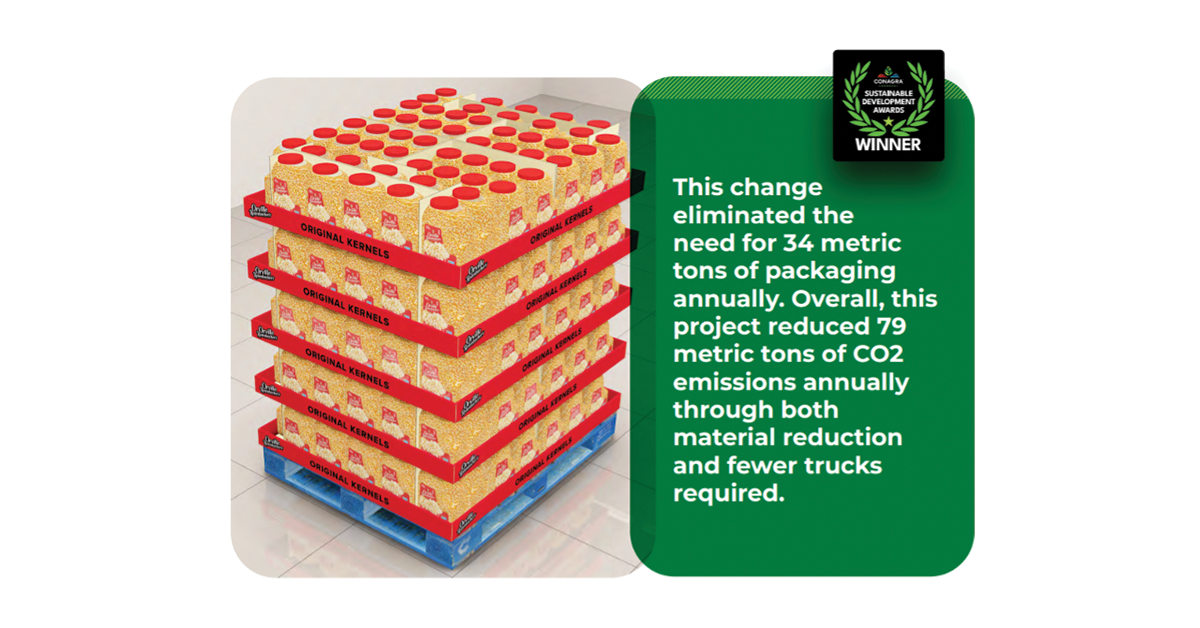
Related Articles:
- Food Brands Build Future-Ready Supply Chains
- Tariffs Take Toll on Business and Supply Chain Strategies
- PepsiCo: A Closer Look at ESG Supply Chain Priorities
- The Powerful Impact of ESG on Supply Chains
- Food Brands Focus on Sustainability to Celebrate Earth Day
Like this kind of content? Subscribe to our "Food For Thought" eNewsletter!
Now more than ever, professionals consume info on the go. Distributed twice monthly, our "Food For Thought" e-newsletter allows readers to stay informed about timely and relevant industry topics and FSA news whether they're in the office or on the road. Topics range from capacity, rates and supply chain disruption to multimodal transportation strategy, leveraging technology, and talent management and retention. Learn More
